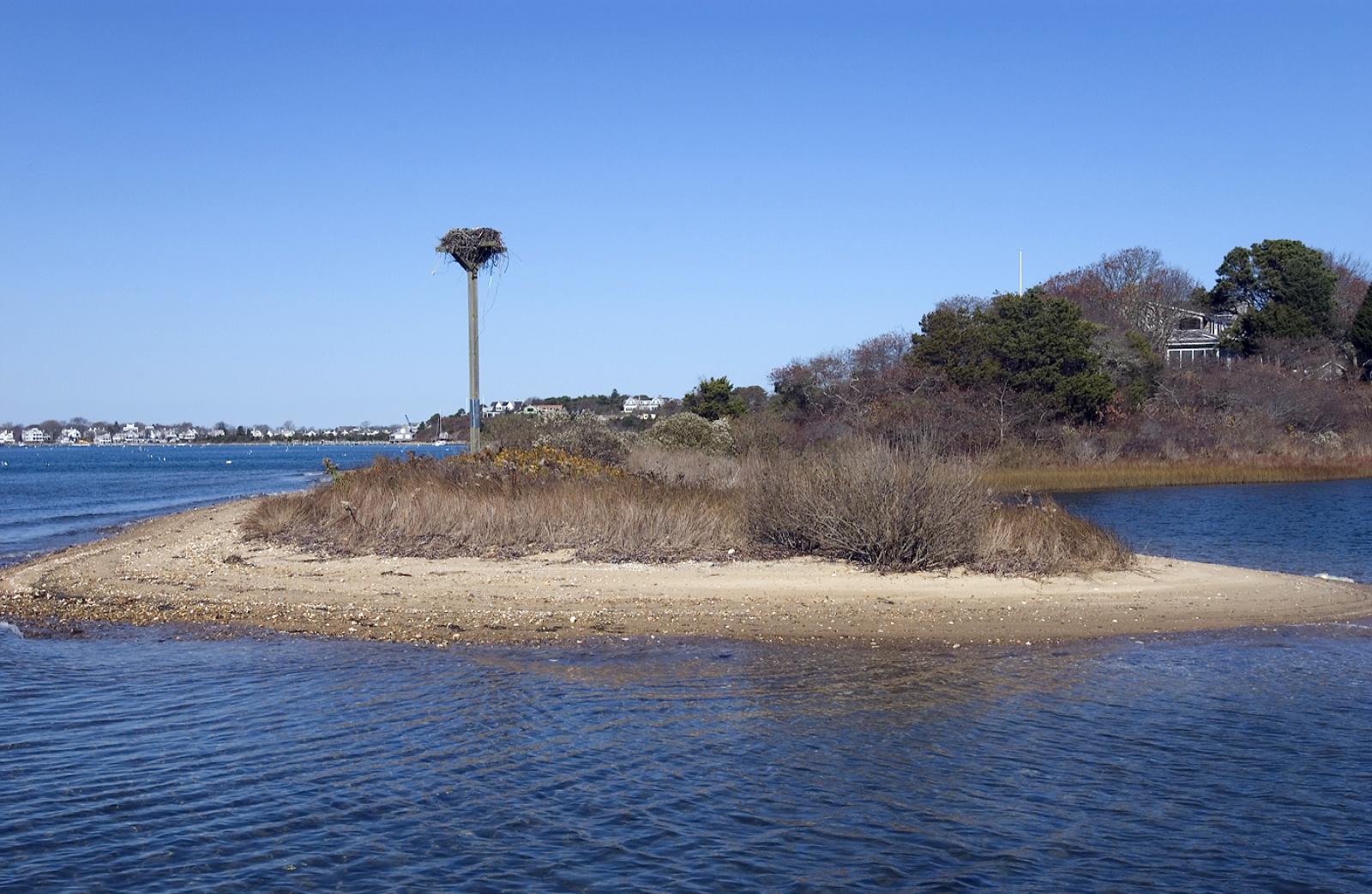Nature is the best therapy I know. Land conservation enables us to experience nature. I have had the good fortune to explore much of the remote wilderness in the western U.S. I spent time floating down rivers in Utah and Colorado, climbing mountaintops and hiking lonely desert canyons, many in which I found myself startled to hear only the sound of my breathing. These experiences have reminded me of my frailty as a human and encouraged me to acknowledge my strengths. I leave my life behind when I enter nature, just for a little while, and come back the same person but with less urgency.
The world outside of nature is primarily a world of masks. We stay busy keeping those masks intact. Land with few bounds is a place for me to remove the mask that I wear in the everyday world. Without our masks, life is less interesting and with less dialogue. The land, however, does not care about our masks. And land does not respond to the titles we give it, such as conservation land.
But it does respond to use, and the land on the Vineyard is rapidly changing. So are the models of land conservation. There is one group on Chappaquiddick working with the changing models of land protection. The Chappy Open Space Committee is a seven-member group of neighbors and volunteers that collaborates with Island land protection agencies to help buy open space on Chappy. The committee formed 11 years ago when a buildable lot on Sampson’s Hill was for sale. The group wanted to assist with creating a trail system to connect the Martha’s Vineyard Land Bank properties and ultimately create a greenbelt on Chappy, recalled Nancy Hugger, one of the founding members. The group asked residents in the Sampson’s Hill neighborhood to donate money to the land bank. The neighbors liked the idea and joined the cause. And the open space committee was launched.
The committee has since broadened its mission not only to add to the Chappy trail system, but also preserve scenic vistas through outright acquisitions as well as conservation restrictions. The committee meets on a regular basis and is acutely aware of the pressures on the land. The group is informal but effective and reminds me of an alpinist-style climber. They travel light, get to the summit quickly and get down before the weather changes.
Edith Potter, a member of the open space committee who next week will receive the Spirit of the Vineyard award from Hospice and is author of The Last Farm on Chappaquiddick (Vineyard Stories 2010), said the committee has been successful because people care about land protection on Chappaquiddick. “People on Chappy are passionate about Chappy,” said Mrs. Potter. And she said there is no one model that works. A small buildable lot and a family farm have vastly different issues.
The open space committee itself does not have 501c3 status, but works in partnership with the Sheriff’s Meadow Foundation. The committee has established the Chappy Fund, a designated fund to collect monies for land purchases. The Chappaquiddick community generously contributes to the fund each year. Community members contribute ideas for acquisitions. The committee also works closely with the Martha’s Vineyard Land Bank to identify key properties.
So why has so much effort gone into land conservation on Chappy? I think the larger question is how much of the Island remains at risk for damage to natural resources such as water quality, shellfish, biodiversity and farming. Mrs. Potter, whose family has owned Pimpneymouse Farm for many decades, has a practical outlook. She knows change is inevitable. She has witnessed dramatic changes in the Island landscape, which was open and largely treeless in the 1930s and now is heavily wooded. More than 200 acres of land at Wasque have been taken by the sea since the 1800s, and it continues to disappear.
I think the Vineyard has done something remarkable when it comes to conserving land. There is an intrinsic value to this conservation; it helps us be more human.
And it strikes me that the future of land conservation is about finding new caretakers such as Mrs. Potter and forming more neighborhood groups such as the open space committee. It is about creating places for ecosystem restoration, improving water quality in coastal ponds, encouraging small farming, helping the shellfish industry and creating a greenbelt on the Vineyard that connects protected lands. The land needs caretakers who know this value. The land also thanks people such as Mrs. Potter.
And I do too.
Camron Adibi is a sustainability consultant and a new member of the Chappy Open Space Committee. He lives in Vineyard Haven, and summers on Chappaquiddick, where his family has owned a home since the early 1970s.




Comments
Comment policy »